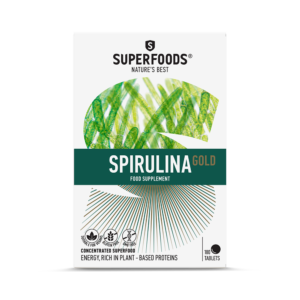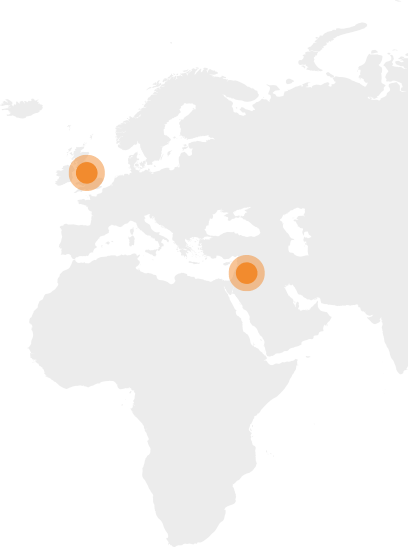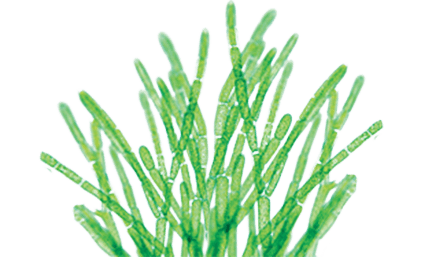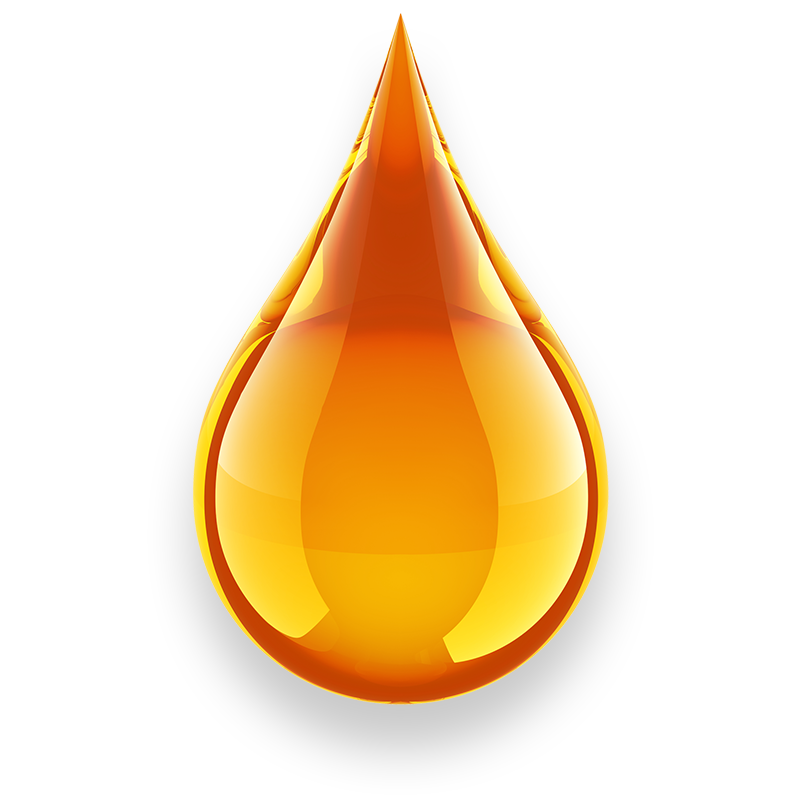
SPIRULINA GOLD
Food supplement rich in plant-based proteins. Ideal for athletes and vegetarians.

Geographical Spread
Spirulina is a photosynthetic sinusoidal cyanobacteria belonging to the genus Arthrospira. The most common species are platensis and maxima, the latter being mainly found in regions of Africa, Asia and South America. The term Spirulina stems from its initial classification in the homonym genus, a name still used for traditional and practical purposes (Vonshak, 1997).

Historical Features
In 1988, Spirulina was featured in a declassified NASA report as recommended food in spacedrafts' controlled ecological life-support systems (CELSS). In the same report, the very high nutritional value of this microorganism was confirmed, indicating the high content of Vitamins B, especially B12, Vitamin A and others. (Tadros & MacElroy, 1988).
Pharmaceutical Use
Spirulina is grown all over the world due to its great nutritional value. It is worth noting that it is, excluding the Far East, the only recorded microorganism that has traditionally been used as food by humans. Over the years, two peoples with a distance of 10,000 kilometers between them, Mexican natives in America and Chad in Africa, discovered lakes and exploited this tiny algal, appreciating its high nutritional value (Ciferri, 1983).

Phytochemical Composition
70% of the dry mass of Spirulina is made up of proteins, one of the richest plant sources of protein. The quality of the proteins is among the best in the plant kingdom (Ciferri, 1983) and contains many vitamins and other nutrients.

Food supplement rich in plant-based proteins. Ideal for athletes and vegetarians.